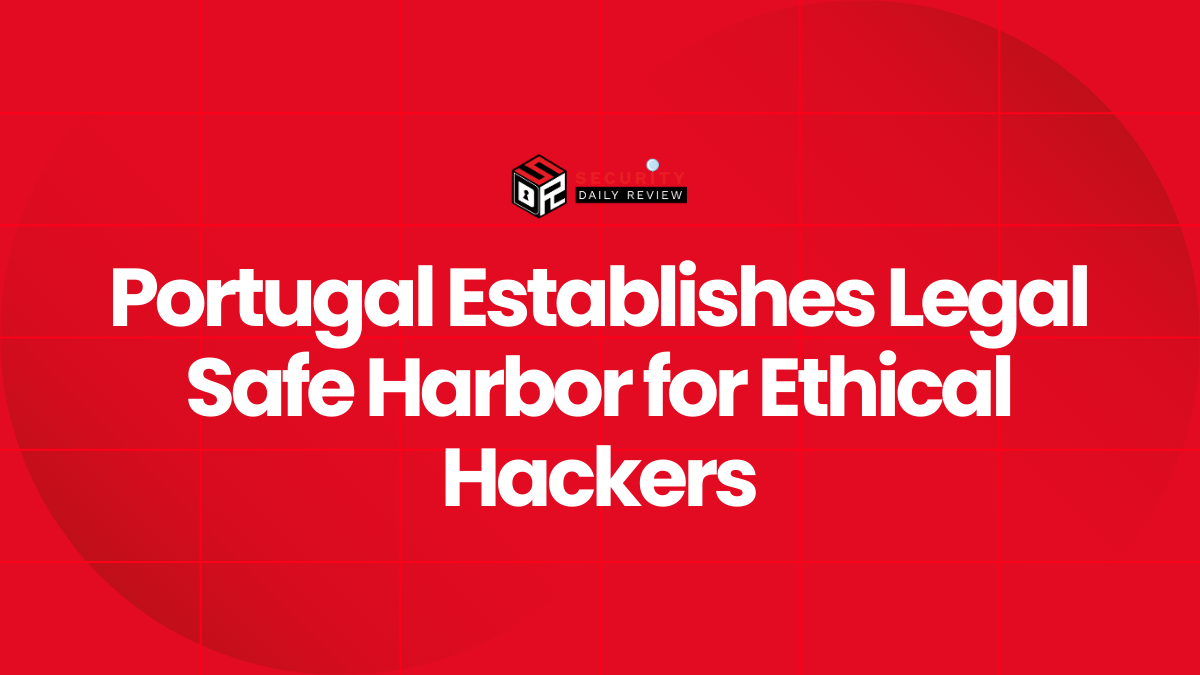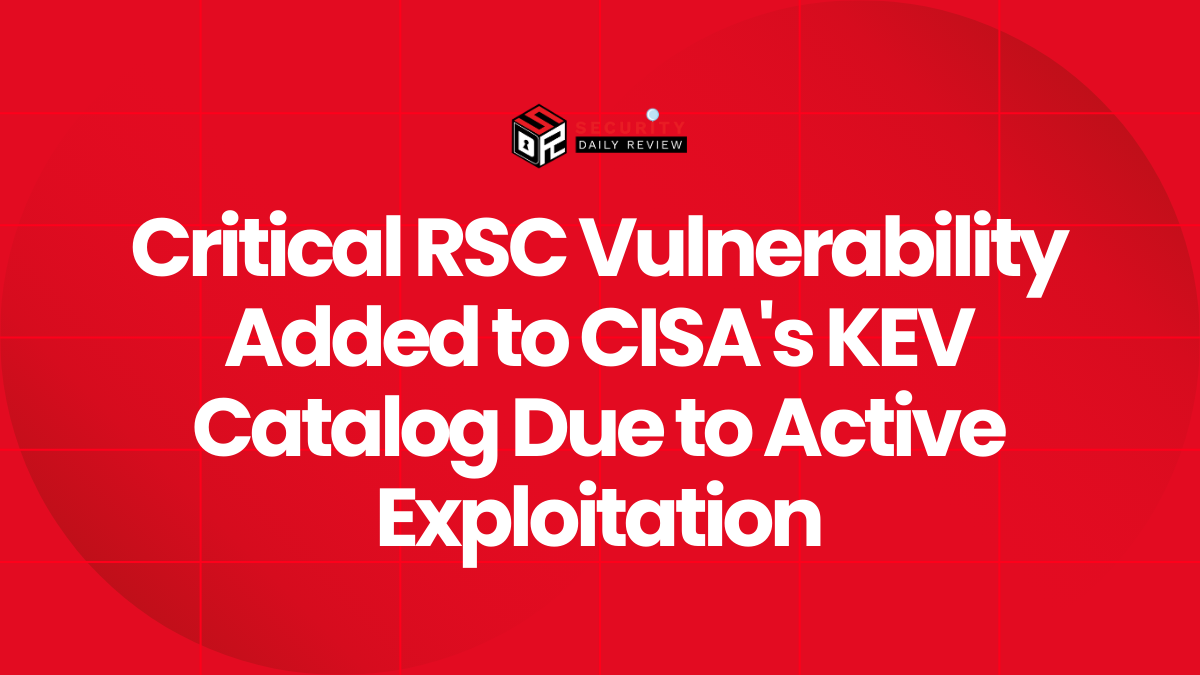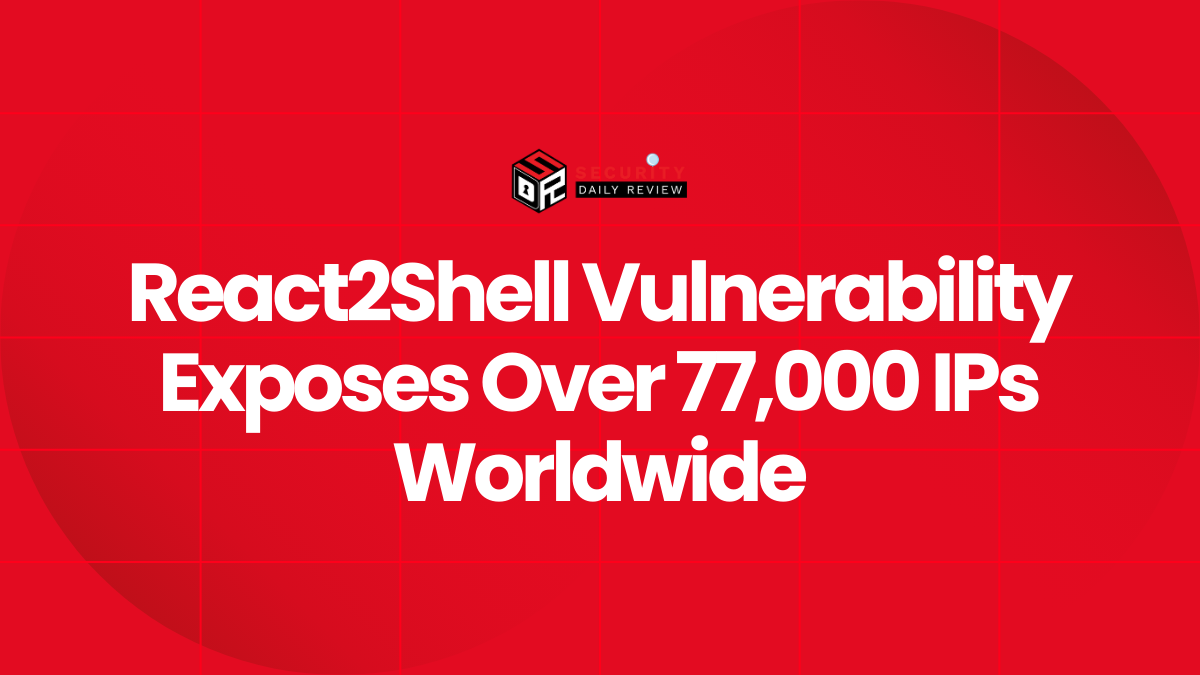Security researchers warn of a growing social-engineering campaign on TikTok in which short videos instruct viewers to paste and run PowerShell commands—ostensibly to “activate” Windows or paid software—that instead download and execute malware with administrator privileges.
The campaign leverages concise, copy-and-paste PowerShell one-liners distributed as activation guides or software-cracking tutorials. Victims are persuaded to open PowerShell as an administrator and paste a command such as an invocation of Invoke-RestMethod piped to Invoke-Expression, which fetches and runs attacker-hosted code in a single step. Researchers who analyzed the technique describe it as a modern variation of the ClickFix social-engineering pattern, replaced here by short activation scripts tailored for fast consumption on TikTok.
“Attackers are everywhere; they try to abuse victims using new communication channels and social-engineering techniques.”
— security researcher summary of attack behavior
Videos promoting the technique often present the command as a harmless activation shortcut. The syntax is intentionally compact—sometimes under 30 characters—and crafted to include familiar product names in the URL path, giving the appearance of legitimacy. Because the command runs entirely inside PowerShell and requires no downloaded executable on the user’s desktop, it can evade casual scrutiny and security tools that flag obvious installer files.
Researchers traced several TikTok posts that explicitly demonstrate the copy-paste workflow. Viewers are told to run PowerShell elevated, paste the script, and wait for an activation message. In reality, the command downloads staged components from an attacker-controlled server. Analysts observed multi-stage payloads that implement persistence (scheduled tasks), deploy credential-stealing binaries, establish remote-access Trojans, and in some instances quietly install cryptocurrency miners.
Malware Delivered Through One-Line Commands
Examination of recovered payloads shows a consistent pattern: the initial PowerShell one-liner uses a web request to retrieve the next stage, then executes the returned script. That second stage typically drops an executable and registers a scheduled task to run it at each logon. The primary executable observed in multiple cases is a credential-harvesting agent marketed on underground forums as a loader or “stealer” service. Victims have reported stolen browser credentials, exfiltration of wallet data, and unauthorized background crypto mining.
A secondary payload observed in several analyses was a remote-control Trojan that compiles helper code on the host during execution—an evasion technique that reduces static detection by antivirus signatures. Researchers also noted that some of the activation scripts incorporate checks to display successful activation screens or other benign output to reduce the chance that victims become suspicious immediately.
Security specialists found at least a handful of TikTok videos promoting the approach; view counts range from thousands to the hundreds of thousands for some creators. Comment threads and user replies reveal a mix of naive attempts, success claims, and later reports of system problems attributed to hidden mining or credential theft. The campaign exploits platform dynamics—short-form video, rapid sharing, and influencer-style presentation—to scale social-engineering reach quickly.
Not all promoted scripts appear to originate from the same criminal group. Some point to well-known piracy collectives that distribute activation scripts for commercial software, while other clips appear opportunistic, created to monetize via affiliate links or to recruit initial access victims. Regardless of origin, the attacker tactic is the same: encourage direct execution of remote code under elevated privileges.
Technical and Operational Risks
The risk profile of one-line PowerShell delivery is high for several reasons. First, the command executes under the user’s privileges; when run as administrator it can modify system state, disable defenses, and install persistent backdoors. Second, the simplicity of the command reduces the cognitive barrier for nontechnical users—copy, paste, press enter—so it bypasses common cautionary behaviors. Third, because the initial artifact is a network fetch rather than an attached file, traditional attachment-scanning defenses are less effective.
In some incidents, attackers bundled activation functionality with actual product features so victims initially observe the promised outcome. This “functional camouflage” increases the likelihood that victims will leave malicious artifacts on their systems and that attackers can maintain long-term access.
Guidance for Users, Parents and Platform Operators
Security authorities and researchers offer clear mitigation advice:
• Do not run commands or scripts pasted from social media. Educate nontechnical users that running PowerShell or shell commands from unverified sources can grant remote actors full system control.
• Treat any social-media tutorial that requests elevated shell or administrator access as inherently risky. Verify methods via official vendor documentation or trusted technical communities.
• Disable the habit of running shells as administrator for everyday tasks; use least-privilege accounts and only elevate for known, trusted installers.
• Use endpoint detection and response solutions that monitor for suspicious child processes spawned by PowerShell, unusual scheduled-task creation, or network pulls from unfamiliar domains.
• If a user has followed an activation script, assume compromise: disconnect the device from networks, preserve forensic logs if possible, and run a full incident-response workflow including credential resets and multi-factor re-enrollment.
Platform responsibilities also surfaced in researcher recommendations. Short-form video networks should strengthen content moderation for tutorials encouraging code execution, expand user education interventions, and make it easier for researchers to report malicious how-to posts. Creators who post technical tutorials should be warned that encouraging elevation of privileges can directly facilitate compromise.
The technique represents a low-cost, high-impact vector for attackers because it relies heavily on social engineering rather than sophisticated zero-day exploits. As long as short-form content platforms prioritize engagement and rapid sharing, similarly styled campaigns are likely to recur. Enforcement and takedown processes for malicious instructional material lag behind campaign velocity, and platform reporting channels are often insufficiently staffed to remove misleading technical tutorials at scale.
Researchers urge coordinated action: platform operators, security vendors, and public-sector cyber awareness programs should amplify warnings and automate detection of drive-by instruction patterns—posts that systematically instruct users to execute elevated shell commands. Educating end users remains the most immediate protective measure.









